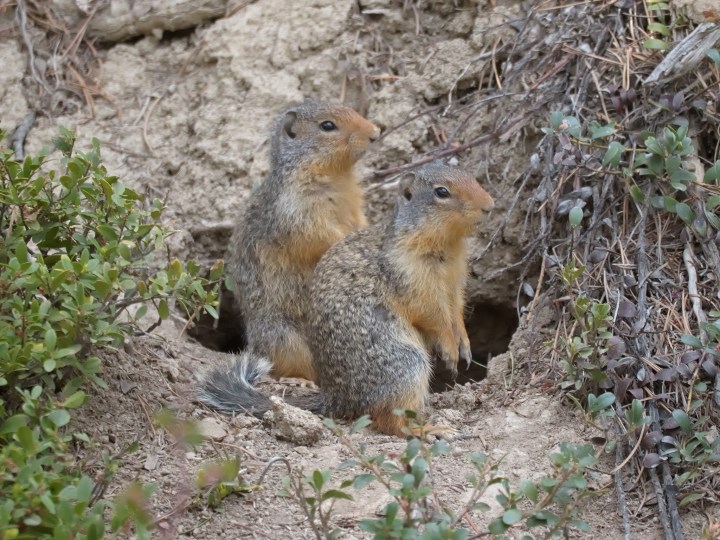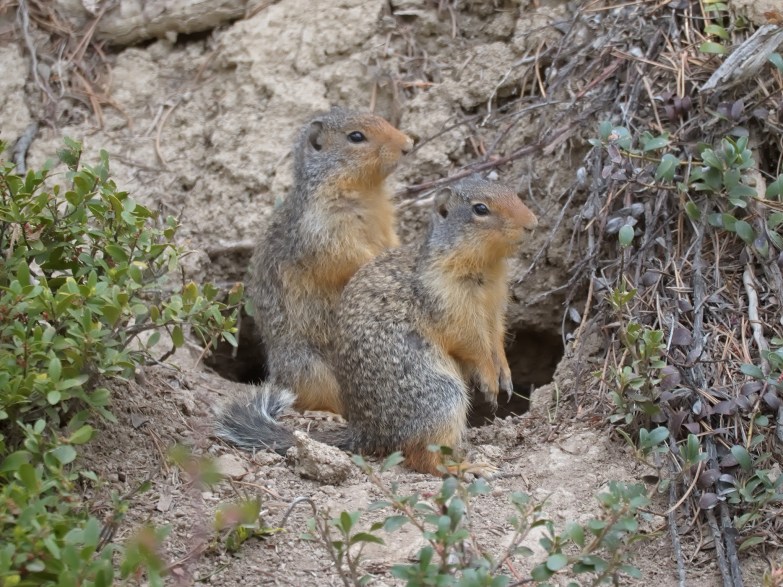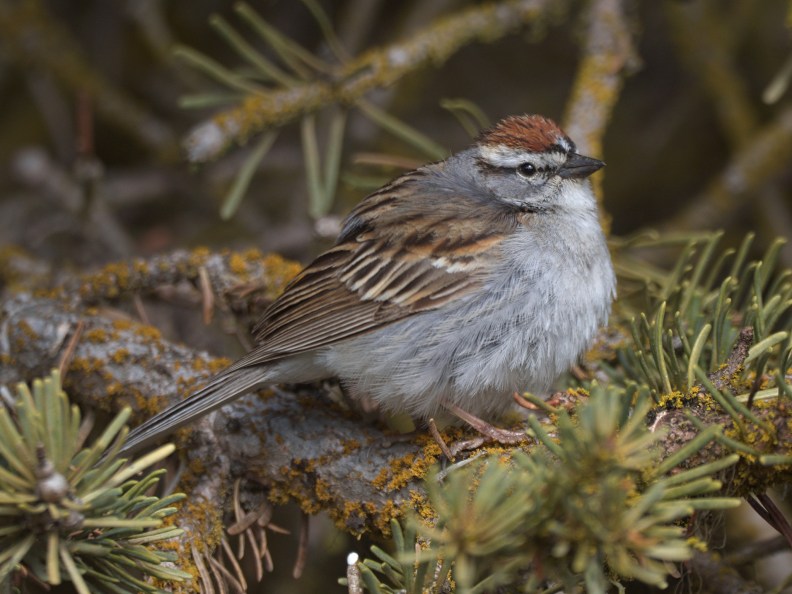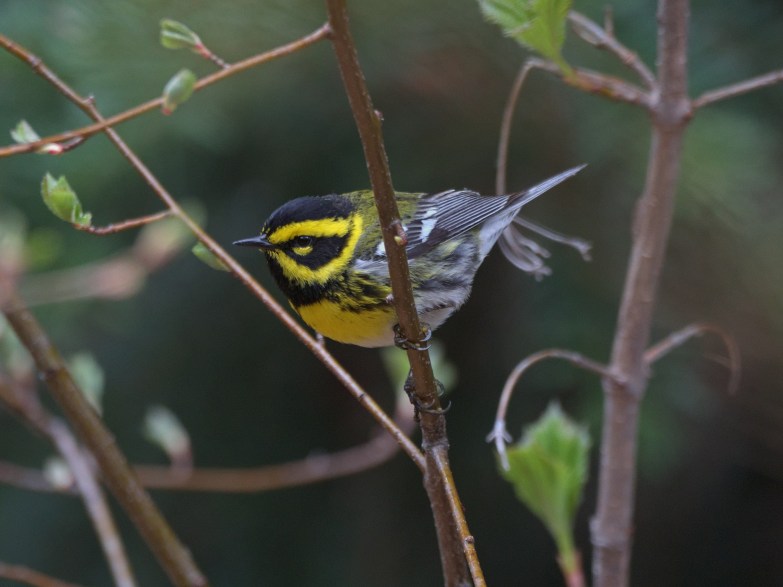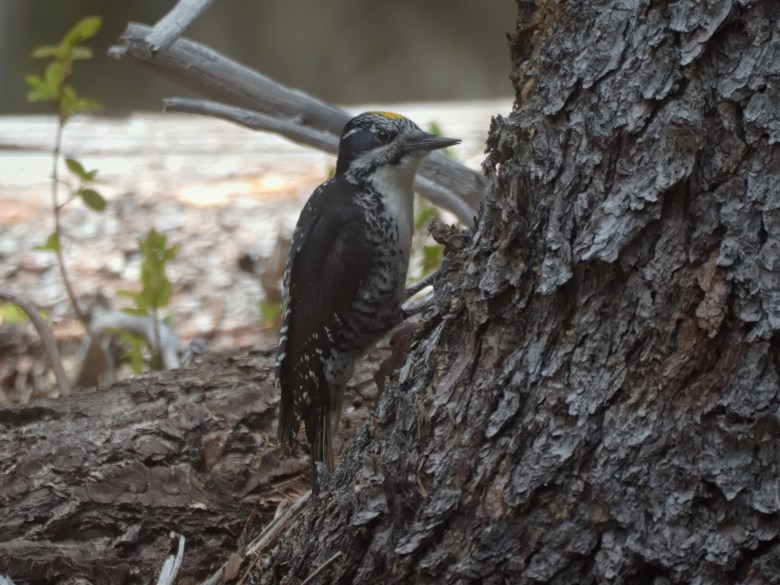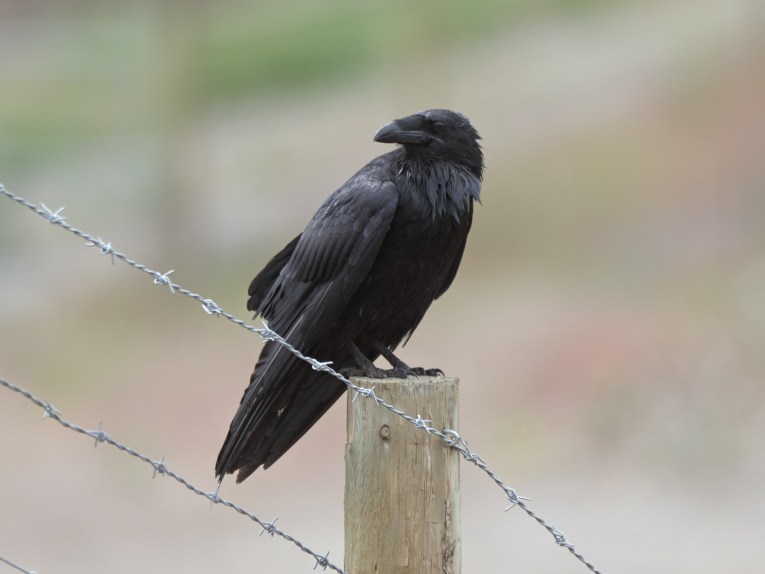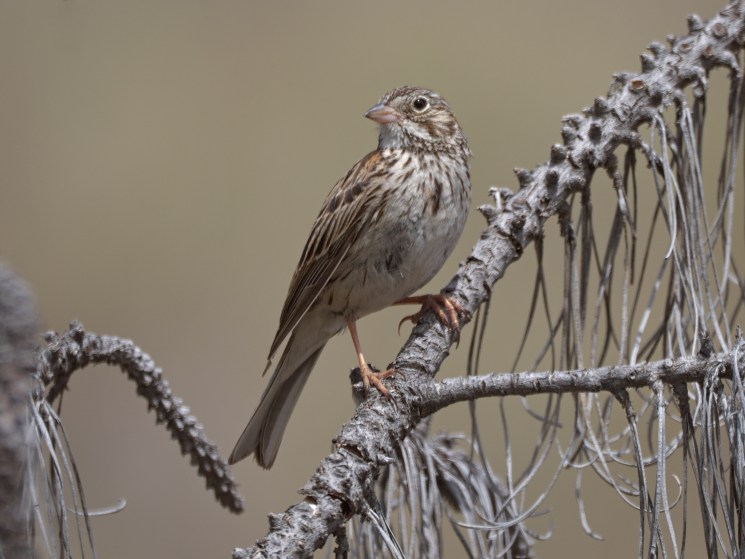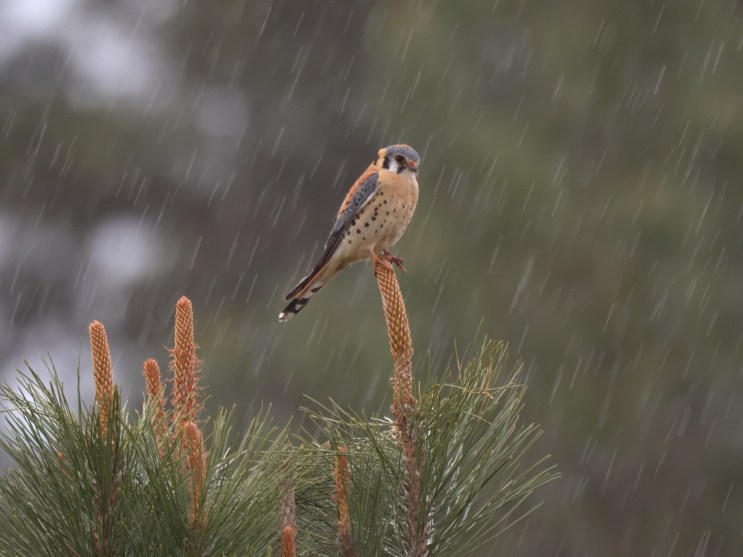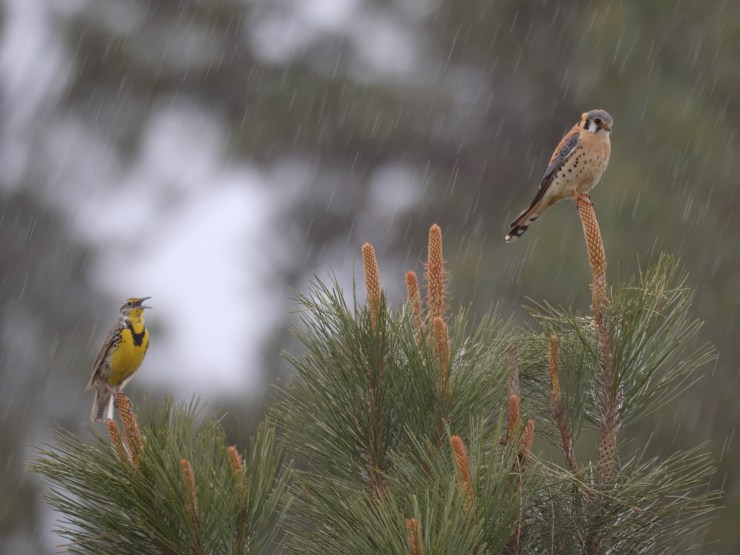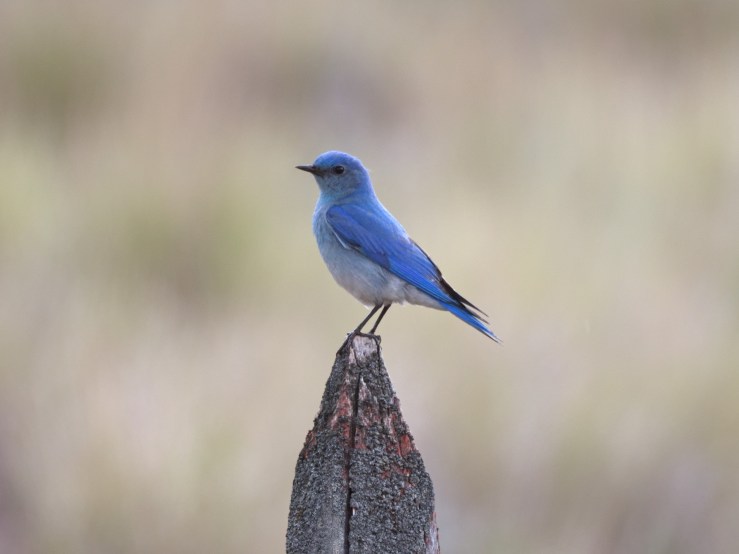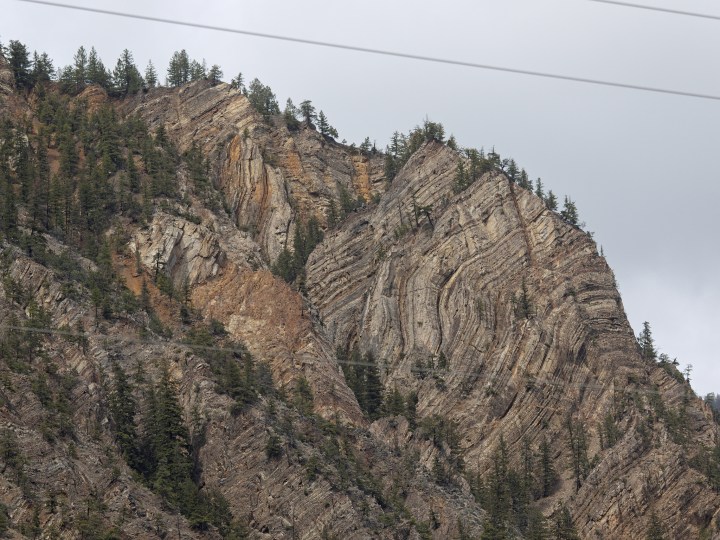Thanks to the readers who sent in wildlife photos. Today we have the first part of a two-part series from Kevin Krebs taken in British Columbia. Kevin’s notes and IDs are indented, and you can enlarge the photos by clicking on them.
The Crowsnest to Osoyoos – Part 1
Vancouver to Princeton
Each spring I make a pilgrimage from my home in Vancouver to Osoyoos in south-central British Columbia. Birds are what drew me there initially, but over the years the ecology and geology have cast a spell on me.
After roughly 2½ hours of driving on the Crowsnest Highway, E.C. Manning Provincial Park is my first stop. Located in the North Cascades, the area is densely forested with coniferous trees, and even in late May you can expect to find some patches of snow.
Every year without fail I’m greeted by numerous Columbian Ground Squirrels (Urocitellus columbianus). They hibernate for up to 8 months of the year, and this population has probably been active for only a few weeks when I visit.
I don’t have to go much further than the parking lot to find flocks of Chipping sparrows (Spizella passerina).
Venturing further into the park, I almost always find a few Townsend’s Warblers (Setophaga townsendi).
This year I felt especially lucky — a pair of American Three-toed Woodpeckers (Picoides dorsalis) appeared out of nowhere just as I was about to leave.
Princeton is my next stop, and where the transition from the forests to semi-arid climate begins to become apparent. According to Wikipedia, “Princeton is one of the sunniest places in British Columbia with 2,088 hours of sunshine annually”.
My destination is Swan Lake Wildlife Refuge, located just north of the city that is always replete with swallows, waterfowl, and many other surprises.
A Common Raven (Corvus corax) keeping watch from a fence post.
New World Sparrows (Family Passerellidae) don’t get a lot of love and it’s not uncommon to hear them derided as LBJs (Little Brown Jobs). I think many birders do themselves a disservice by not paying attention to sparrows and other ‘common’ birds. Here’s a beautiful Vesper Sparrow (Pooecetes gramineus) posing on a branch.
American Kestral (Falco sparverius) are the smallest and most widespread North American falcon with distinctive sexual dimorphism. This male was waiting out a sudden rain shower:
Another photo of the American Kestral (Falco sparverius) being scolded by a Western Meadowlark (Sturnella neglecta) who was very unhappy with his presence:
The bluest of bluebirds — this male Mountain Bluebird (Sialia currucoides) was quite shy, but let me get a decent photograph before it fled my primate curiosity.
A mediocre photo of a Lewis’s Woodpecker (Melanerpes lewis) — a large, oddball woodpecker which is still somewhat enigmatic.
On the route to Osoyoos, I pass through the small town of Hedley, once the site of a gold mine (confusingly named the Nickel Plate Mine). The geology is striking — uplifted Triassic sedimentary rocks of the Nicola Formation.

